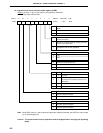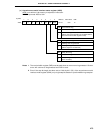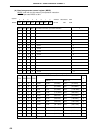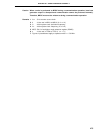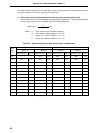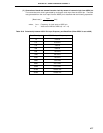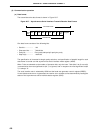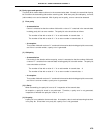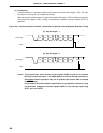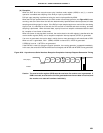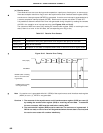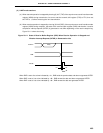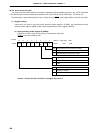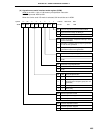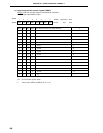
479
CHAPTER 20 SERIAL INTERFACE CHANNEL 2
(b) Parity types and operation
The parity bit is used to detect a bit error in the communication data. Normally, the same kind of parity
bit is used on the transmitting side and the receiving side. With even parity and odd parity, a one-bit
(odd number) error can be detected. With 0 parity and no parity, an error cannot be detected.
(i) Even parity
• At transmission
Control is executed so that the number of bits with a value of “1” contained in the transmit data
including parity bit is an even number. The parity bit value should be as follows.
The number of bits with a value of “1” is an odd number in transmit data : 1
The number of bits with a value of “1” is an even number in transmit data : 0
• At reception
The number of bits with a value of “1” contained in the receive data including parity bit are counted,
and if this is an odd number, a parity error is generated.
(ii) Odd parity
• At transmission
Conversely to the situation with even parity, control is executed so that the number of bits with
a value of “1” contained in the transmit data including parity bit is an odd number. The parity bit
value should be as follows.
The number of bits with a value of “1” is an odd number in transmit data : 0
The number of bits with a value of “1” is an even number in transmit data : 1
• At reception
The number of bits with a value of “1” contained in the receive data including parity bit are counted,
and if this is an even number, a parity error is generated.
(iii) 0 Parity
When transmitting, the parity bit is set to “0” irrespective of the transmit data.
At reception, a parity bit check is not performed. Therefore, a parity error is not generated,
irrespective of whether the parity bit is set to “0” or “1”.
(iv) No parity
A parity bit is not added to the transmit data. At reception, data is received assuming that there
is no parity bit. Since there is no parity bit, a parity error is not generated.




